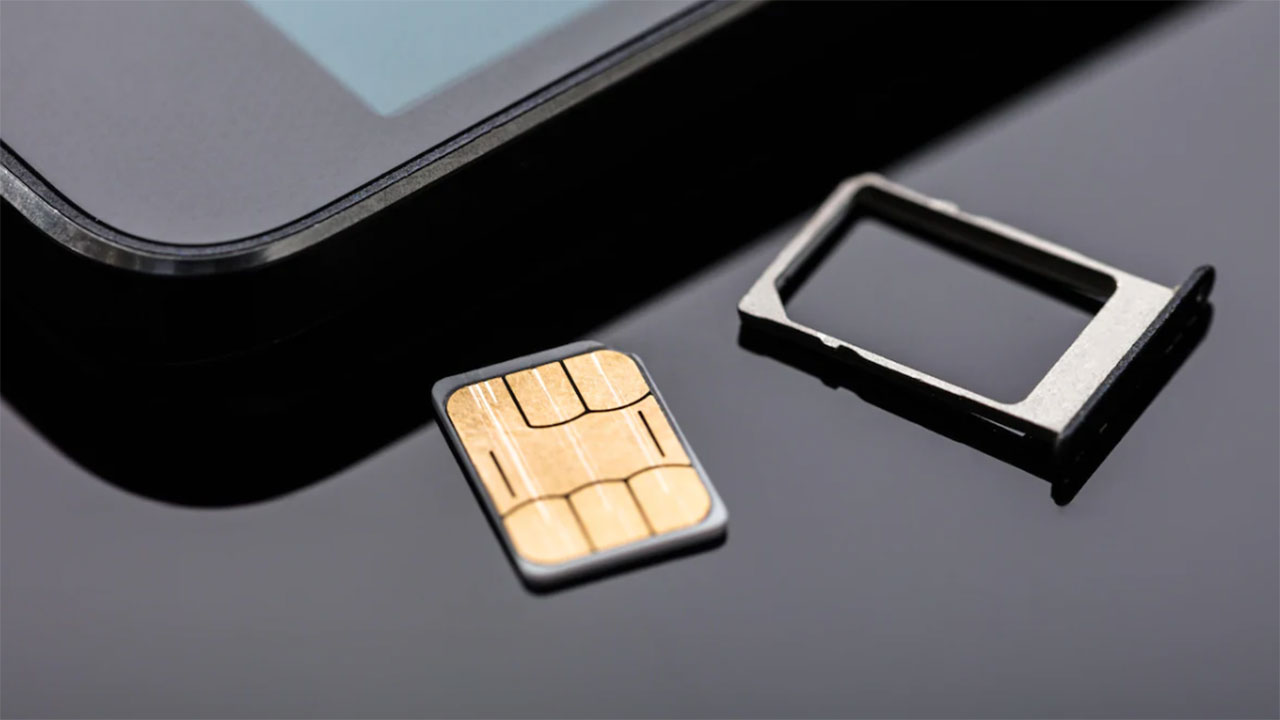iSIM technology: soon we will stop using physical SIM cards

SIM cards have not stopped losing size since their creation, in the 1980s, until now. Along the way they have lost inches, weight and usefulness. Now, in the middle of 2022, we are facing the physical disappearance of the card.
The future of telephony will go through charging SIM cards as we knew them. Or so they have shown us at Qualcomm by showing a smartphone in operation with the new generation integrated SIM technology (iSIM) in collaboration with Vodafone and Thales.
The new technology (not to be confused with eSIM) integrates the functionality offered by a physical SIM card in the main processor, which allows a greater integration of the system, a greater performance and a greater memory capacity, assure its creators.
The integration of the SIM with the main processor also frees up valuable space, as it does not require a separate chip like eSIM solutions or a SIM card tray, which gives us quite a few advantages. This is how Qualcomm puts it:
- Simplifies and improves design and performance of devices by freeing up space previously occupied by the device.
- Consolidates SIM functionality on the main chipset along with other critical capabilities such as the GPU, CPU, and modem.
- Allows remote provisioning of the SIM by the operator leveraging the existing eSIM infrastructure.
- Open mobile service connection capabilities to a number of devices that were previously unable to have built-in SIM capabilities
The press release It further reveals that Qualcomm’s proof-of-concept demonstration took place in Europe at Samsung’s R&D labs and illustrates the “commercial readiness and efficiency of technology working on existing infrastructure.”
In the demo, Qualcomm used a Samsung Galaxy Z Flip 3, which features the Snapdragon 888 SoC. And the Snapdragon 888 has a built-in Secure Processing Unit running Thales’ iSIM operating system.
For the moment, Qualcomm has not shared any information about when we can expect to see its iSIM technology in a commercial device.. But what we can be clear about is that, during this decade, manufacturers are going to opt for this technological solution.
Little by little we are approaching a future where the physical pieces are fewer, leaving all the weight of the software to digital environments, including such a sacred piece within mobile telephony as the SIM card, which has been with us since 1980, time in which it was presented for the first time.
Although it is possible that two years from now iSIM will not be a standard, it would be strange that by 2025 we would not have iSIM options on the market by all the large companies in the sector, both manufacturers and operators.
Reference-computerhoy.com